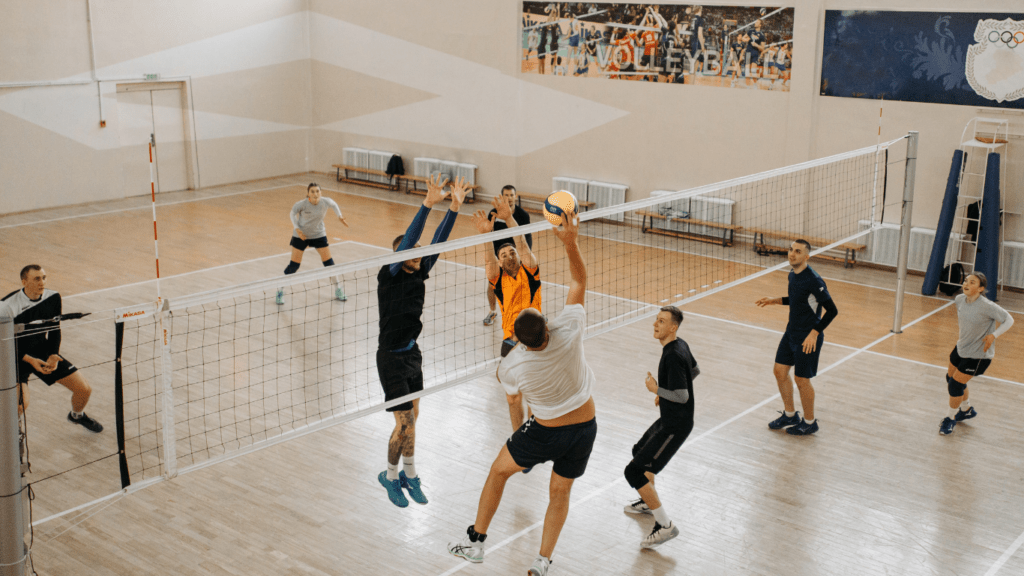Pre-season training sets the tone for the entire season, and I’ve seen firsthand how it can make or break a team’s performance. It’s not just about getting players back in shape—it’s about building chemistry, refining strategies, and fostering a winning mindset. Every drill, every session, every decision during this critical period lays the foundation for success.
Importance Of Pre-Season Training
- Pre-season training lays the foundation for team success. It enhances physical fitness, helping athletes build endurance, strength, and injury resilience. For example, structured drills and conditioning exercises reduce injury risks during intense games.
- It strengthens team cohesion by fostering trust and understanding. Group activities like scrimmages and team-building sessions improve communication and on-field cooperation.
- It sharpens tactical execution. During this period, players familiarize themselves with strategies and refine their understanding of roles. Effective strategy implementation requires time for practice and adaptation, both of which are afforded during pre-season.
- It boosts individual skill development. Players enhance specific abilities, such as passing accuracy or speed, which ultimately elevates overall team performance.
- Pre-season training also establishes a team’s culture. Coaches set expectations, instill discipline, and reinforce a competitive mindset, which aligns players with collective goals.
Setting The Foundation For Success
Pre-season training begins with a strong foundation that guides the team’s focus and work ethic. Establishing goals and assessing player capabilities early creates a roadmap for measurable progress.
Establishing Team Goals
I align every player by defining clear, shared objectives. These goals emphasize long-term aspirations like winning championships and short-term targets such as improving fitness benchmarks or mastering specific plays. I involve players in this process to ensure commitment and accountability, making these objectives meaningful to the team.
Tracking progress maintains focus. I use milestones, like weekly improvement in match simulation scenarios or fitness assessments, to measure alignment with set objectives and ensure consistency in effort.
Assessing Player Fitness And Skills
Evaluating players’ physical and technical capabilities provides critical insights to tailor training. I conduct baseline fitness tests, including endurance runs and agility drills, and skill assessments, like passing accuracy or defensive maneuvers, to gauge their starting point.
Using the results, I design individualized programs. For instance, players needing endurance focus participate in conditioning exercises, while others refine tactical execution through position-specific drills. Regular re-assessments ensure progress and allow adjustments to maintain optimal development.
Key Strategies For Effective Pre-Season Training

Effective pre-season training combines structure, teamwork, and tactical focus to prepare players for the challenges ahead. Each component plays a role in building a winning team.
Building A Structured Training Program
A structured training program ensures consistency and progression throughout the pre-season. I create a detailed schedule that balances physical conditioning, skill development, and recovery periods to prevent overtraining. For example, including:
- endurance training on Mondays
- skill-based drills midweek
- scrimmages over the weekend
allows players to improve steadily. Progress tracking through weekly assessments, such as speed, strength benchmarks, or tactical execution, helps measure individual and team improvements. Adjustments to workload or intensity keep players challenged and engaged, promoting progression without risking burnout.
Emphasizing Team Chemistry
Team chemistry builds trust and enhances on-field collaboration. I organize group activities, like scrimmages and team-building exercises, to foster connection among players. For example, assigning mixed-player group drills encourages communication between teammates who might not usually interact. Discussions after drills or practice sessions reinforce shared objectives, ensuring players understand their roles and feel invested in the team’s success. I also emphasize the importance of transparent decision-making to create a sense of unity and strengthen relationships within the squad.
Incorporating Tactical Drills
Tactical drills prepare players to execute team strategies with precision during matches. I design simulations that replicate in-game scenarios, such as counterattacking plays or defensive setups under pressure, to help players understand their positions and responsibilities. Breaking down complex strategies into smaller, focused drills simplifies learning and improves efficiency. For instance, placing emphasis on transitions during possession games sharpens reactive decision-making. Regularly analyzing outcomes through video sessions reinforces players’ tactical understanding, ensuring these drills result in better performance on the field.



 Lead Training Analyst
Lead Training Analyst
